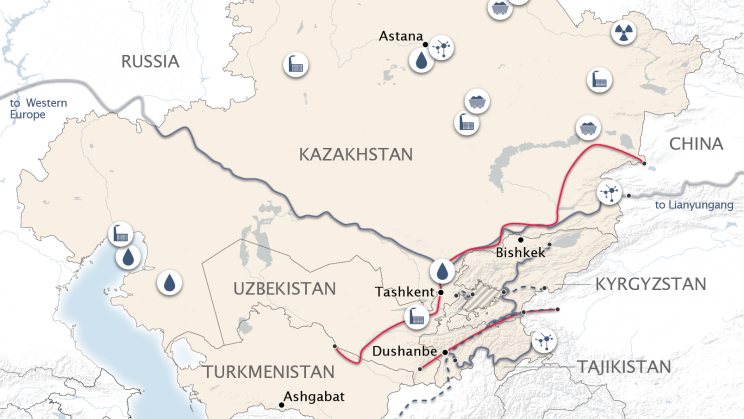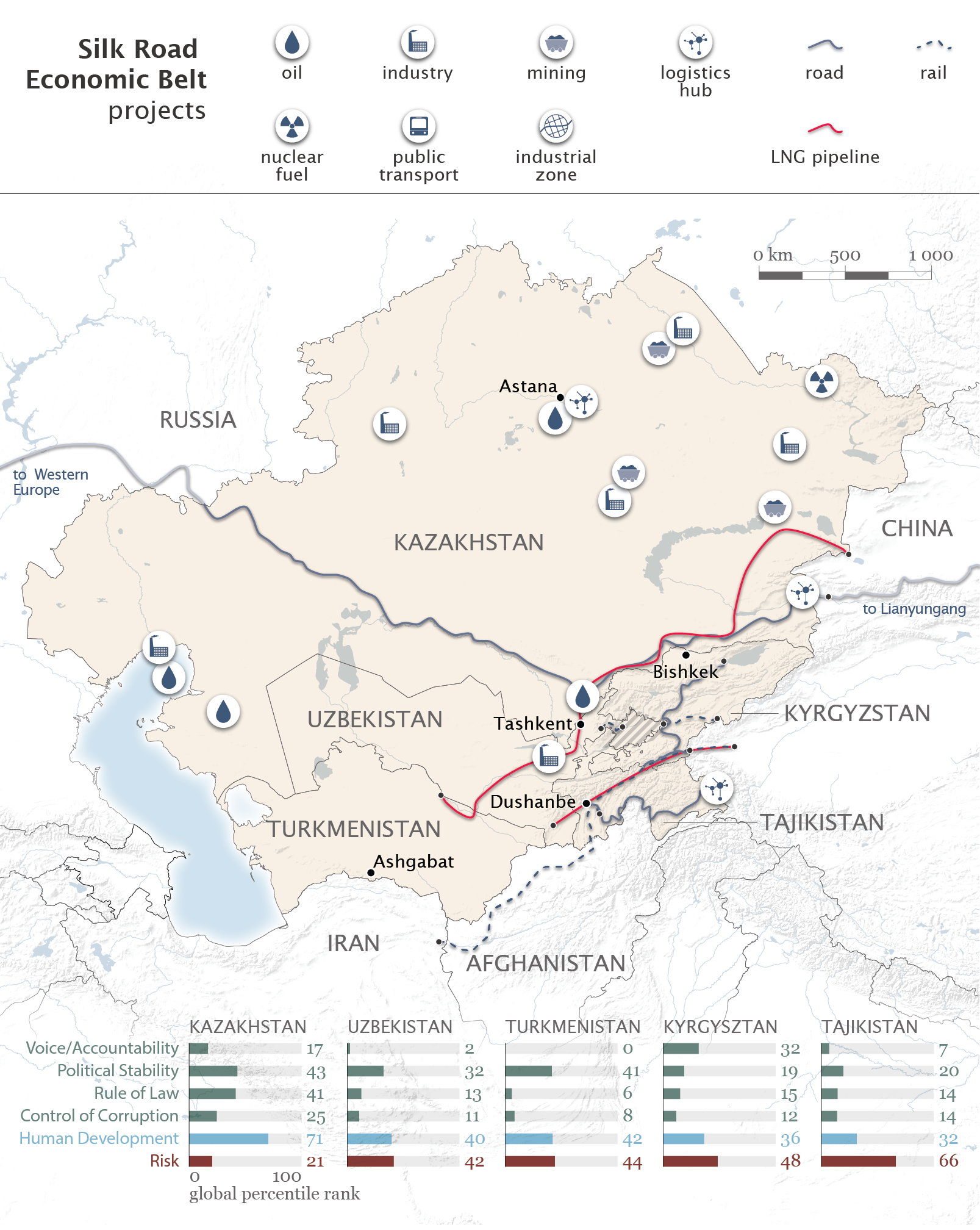
SIPRI is pleased to announce the publication of the report 'The Silk Road Economic Belt: Considering Security Implications and EU–China Cooperation Prospects'.
This report fills some of the existing gaps in discourse on the security implications of China’s Silk Road Economic Belt (the 'Belt'). It sheds light on what has motivated China to initiate it, and how it fits into China’s own evolving security concepts and interests. The report also examines current and possible future security implications of the Belt in two instrumental regions: Central and South Asia. Will the Belt contribute to stabilizing these regions or contribute to exacerbating drivers of instability? Based on these findings, this report provides policy recommendations to the EU.
This publication should be of interest to anybody who is curious about the 'what' and 'why' of the Belt, how it interacts with security dynamics, and how it interacts with the EU’s security interests.

This report is the result of the project The Silk Road Economic Belt and EU-China Security Cooperation, which was funded by and coordinated with the Friedrich-Ebert-Stiftung (FES).
Download the SIPRI Report (pdf) (60 pages) or the Executive Summary (pdf) (4 pages)